The Shift of Warring States: An Analysis of Takeda Shingens Strategic Consideration for Not Rescuing Takatenjin Castle
In the turmoil of the Warring States period, every decision could determine the rise or fall of a family or a nation. Among them, Takeda Shoryu, as the heir of the Takeda clan, chose not to rescue Koutenjin Castle in the face of its crisis. This decision entailed complex strategic considerations. This article will explore the reasons why Takeda Shoryu did not rescue Koutenjin Castle and its impact on the fate of the Takeda clan. Takeda Shoryu, the son of Takeda Shingen, inherited his father's will and territory. During his reign, he faced multiple internal and external pressures, including competition with neighboring daimyo and stability issues within the clan. Against this backdrop, the crisis at Koutenjin Castle became one of the significant events requiring a crucial decision from Takeda Shoryu.

Koutenjin Castle, located between the Takeda and Tokugawa clans, was an important strategic fortress. However, in the third year of Tensho (1575), the defending troops at Koutenjin Castle fell into a dire situation facing Oda Nobunaga's offensive. Faced with this situation, Takeda Shoryu chose not to send reinforcements, a decision that sparked widespread discussions both at that time and later generations.
Why did Takeda Shoryu not rescue Koutenjin Castle? Firstly, from a strategic perspective, Takeda Shoryu might have believed that although Koutenjin Castle was important, it was not crucial enough to affect the overall battle situation. He might have preferred to preserve strength and prepare for a larger battle. Secondly, Takeda Shoryu might have considered the stability within the clan. At that time, there were different voices and factions within the Takeda clan, and large-scale military actions might have exacerbated internal disagreements. Finally, Takeda Shoryu may have been influenced by external factors, such as relations with other daimyo and Oda Nobunaga's strength, which could have affected his decision.
The decision not to rescue Koutenjin Castle had profound implications for the Takeda clan. The fall of Koutenjin Castle deprived the Takeda clan of an important defensive barrier and exposed their strategic weaknesses. This event likely accelerated the decline of the Takeda clan, ultimately leading to its demise in the Warring States period.
In conclusion, Takeda Shoryu's decision not to rescue Koutenjin Castle was a complex strategic choice that involved not only strategic considerations but also the influence of internal and external factors within the clan. While this decision may have been reasonable at that time, it also had a profound impact on the fate of the Takeda clan. Through analyzing this historical event, we can gain a deeper understanding of the historical process of the Warring States period and the importance of strategic decision-making.
Disclaimer: The above content is sourced from the internet and the copyright belongs to the original author. If there is any infringement of your original copyright, please inform us and we will delete the relevant content as soon as possible.
Guess you like it

Wei Ran: A discerning politician of the Warring States period
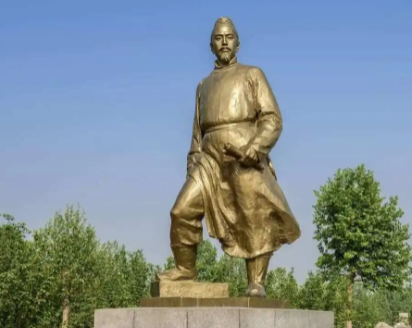
Li Chun: The outstanding contribution of the bridge builder in the Sui Dynasty
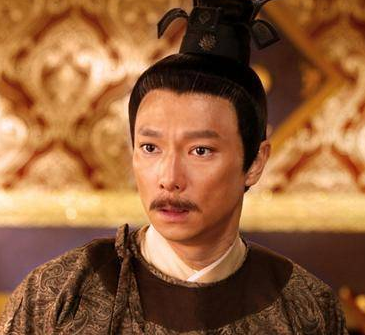
Emperor Wen of Sui abolished Crown Prince Yang Yong: a history filled with love and political intrigue.
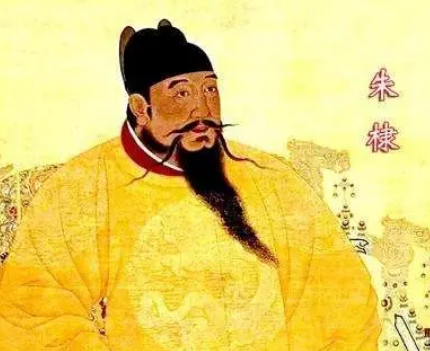
How many concubines were buried alive with Zhu Di? Who are they?
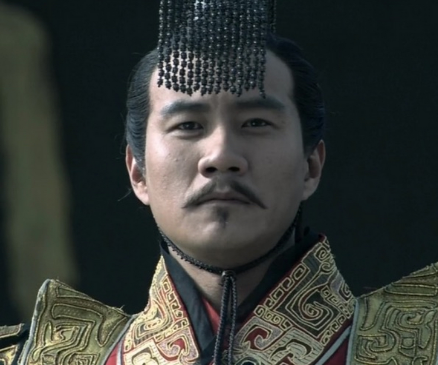
The Pursuit of History: Exploring the Authenticity of the King of Wu
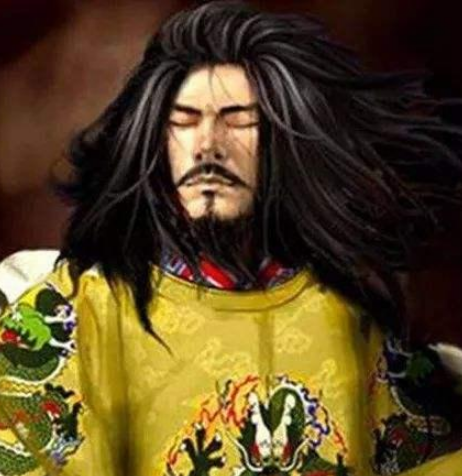
The End of the Last Emperor: Exploring the Place of Emperor Chongzhens Death

Is there a relationship between Zuo Qiuming and Confucius? What is the relationship?

Hunyadi: The Rise of the Hungarian National Hero

Was Edward VI a good king? What are the controversial aspects?
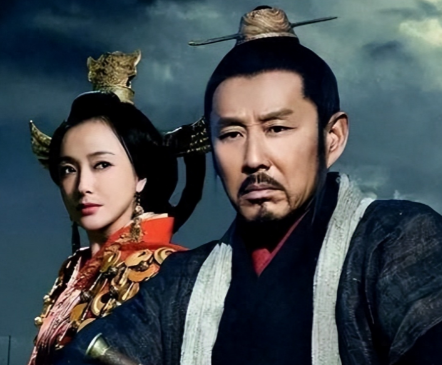
Exploring the Origin of Liu Bang and Lv Zhis Marriage through Historical Anecdotes









